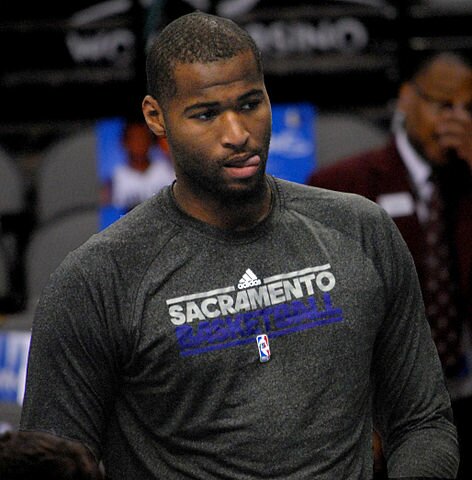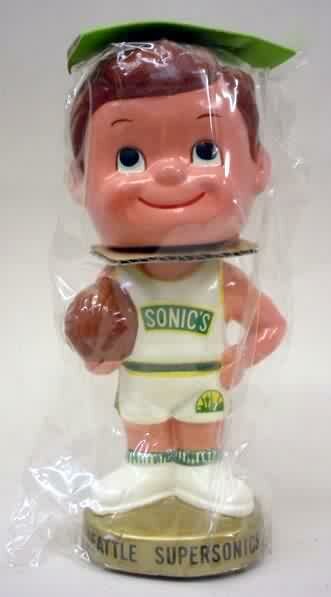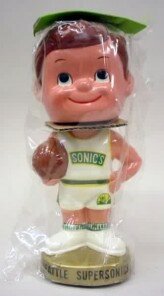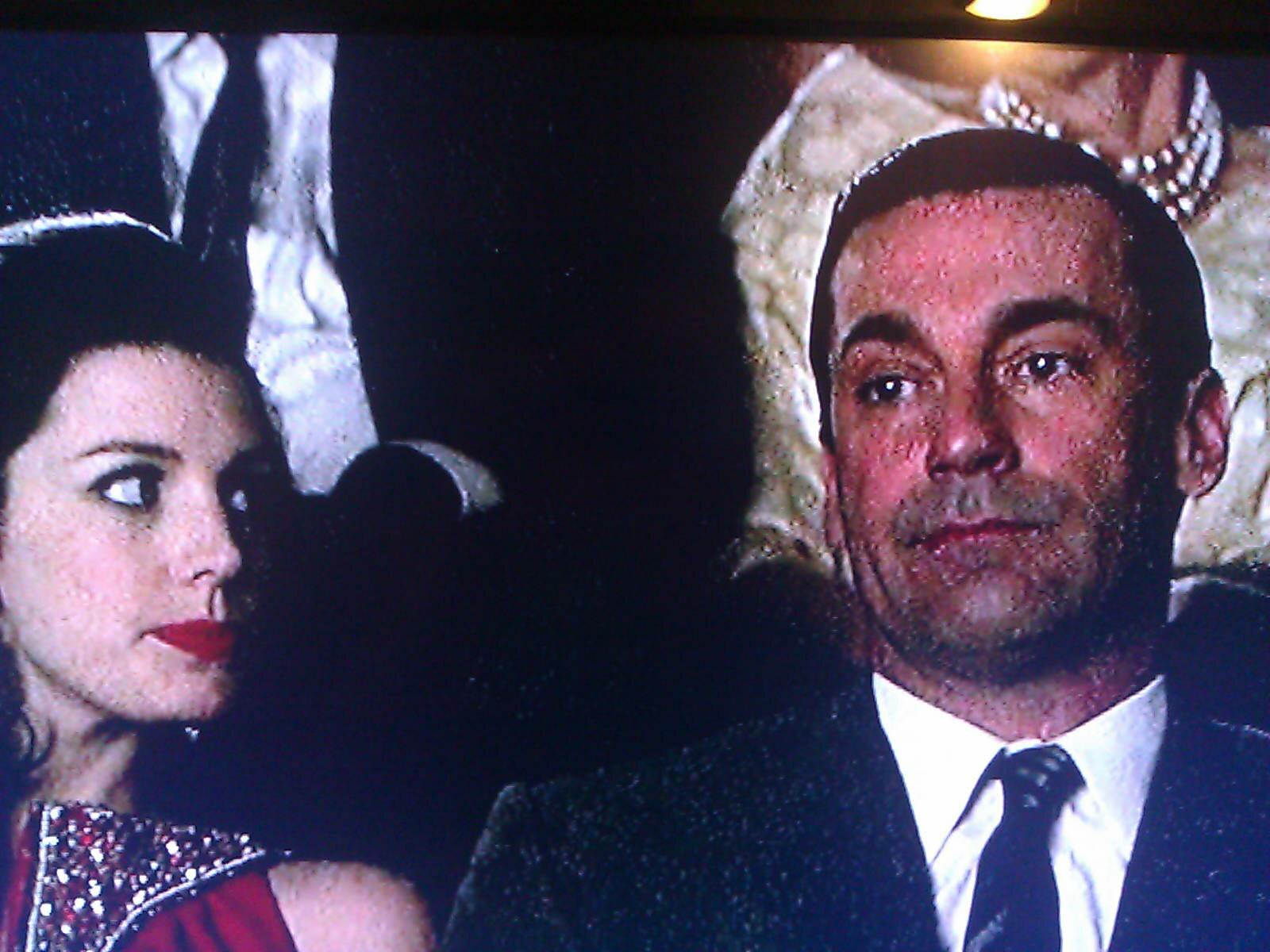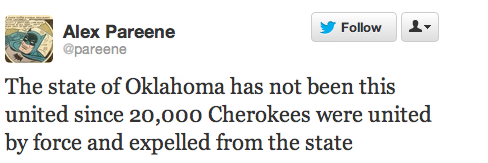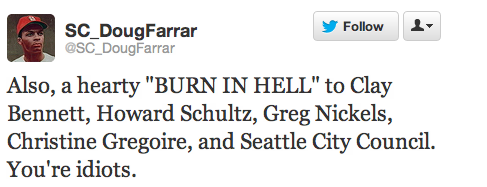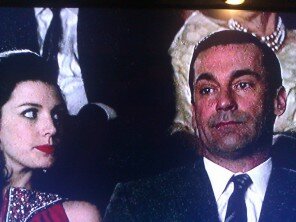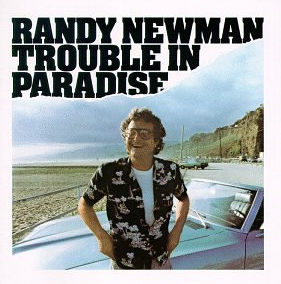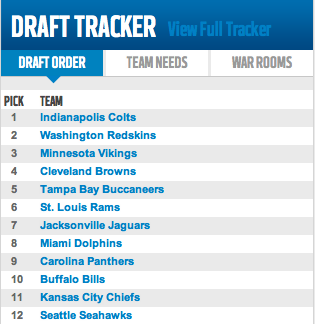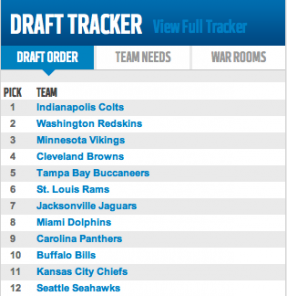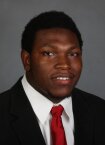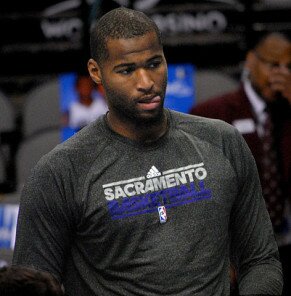
Give a starving man a burger, and he’s not going to ask whether it’s made from organic beef. So it is with we local basketball fans, who miss the NBA too much to quibble about the composition of the team we’re likely to get. Which, not to be harsh, but when we talk about the Sacramento Kings, we’re talking more “what-Burger-King-doesn’t-want-you-to-know” than grass-fed.
The Sacramento Kings have one good player. This is not hyperbole, it is documented statistical fact. According to John Hollinger’s widely-loved Player Efficiency Rating, only one Kings player rates among the NBA’s top 50.
That player, DeMarcus Cousins, is an immature hothead. This too is documented statistical fact: Cousins is the NBA leader in technical fouls with 12, and yesterday managed to get ejected from a game during halftime.
Cousins’ problems do not end there — he is out of shape, an inconsistent defender, and gambles too much on both ends of the floor.
On the other hand, Cousins is a rare talent. His combination of a 6’-11″, 270-pound body and world-class athleticism is once-in-a-generation. And he is a multi-faceted player — Cousins leads the Kings in points, rebounds, and steals, and is second in assists. He is unstoppable at the basket, and is a decent outside shooter. Eventually, he’ll be a threat from three-point range à la Sam Perkins or Rasheed Wallace.
The rest of the Kings one cannot say as many nice things about. Starting point guard Isaiah Thomas is a local hero — a Tacoma kid who starred at the University of Washington — but he is simply too short to be an effective defender against starting NBA point guards. Starting shooting guard Tyreke Evans struggles with an important part of his job description — shooting. I could go on, but I don’t want to depress myself.
If you read Sactown Royalty, the best of the Sacramento Kings fan blogs, you’ll see that alongside the justifiable anger about the prospect of losing their team is some gallows humor. To paraphrase, it’s basically: “Can you believe we’re fighting to keep this team?”
Sonics fans will remember the sentiment. While we were all hectoring our legislators and damning David Stern, the basketball team we were trying to save was perpetrating embarrassments like a 168-112 loss. There may even be a relocation blues phenomenon–one Kings blogger has charted a decline in the team’s play since the sale was announced.
If there’s a bright side to look on, its that the Kings are helping secure a better draft pick with little or no emotional damage to their future fans. If the season ended today, the Kings would have the league’s 7th worst record and a 1 in 8 chance of landing one of the top three picks in June’s draft. Continued awfulness would push them down the standings and potentially up the draft order.
The downside, of course, is that if the team loses a lot, they are even worse than we thought. You may not care right now, Seattle. Just want you to know that come November you could be leaving KeyArena with a bad taste in your mouth.
—
